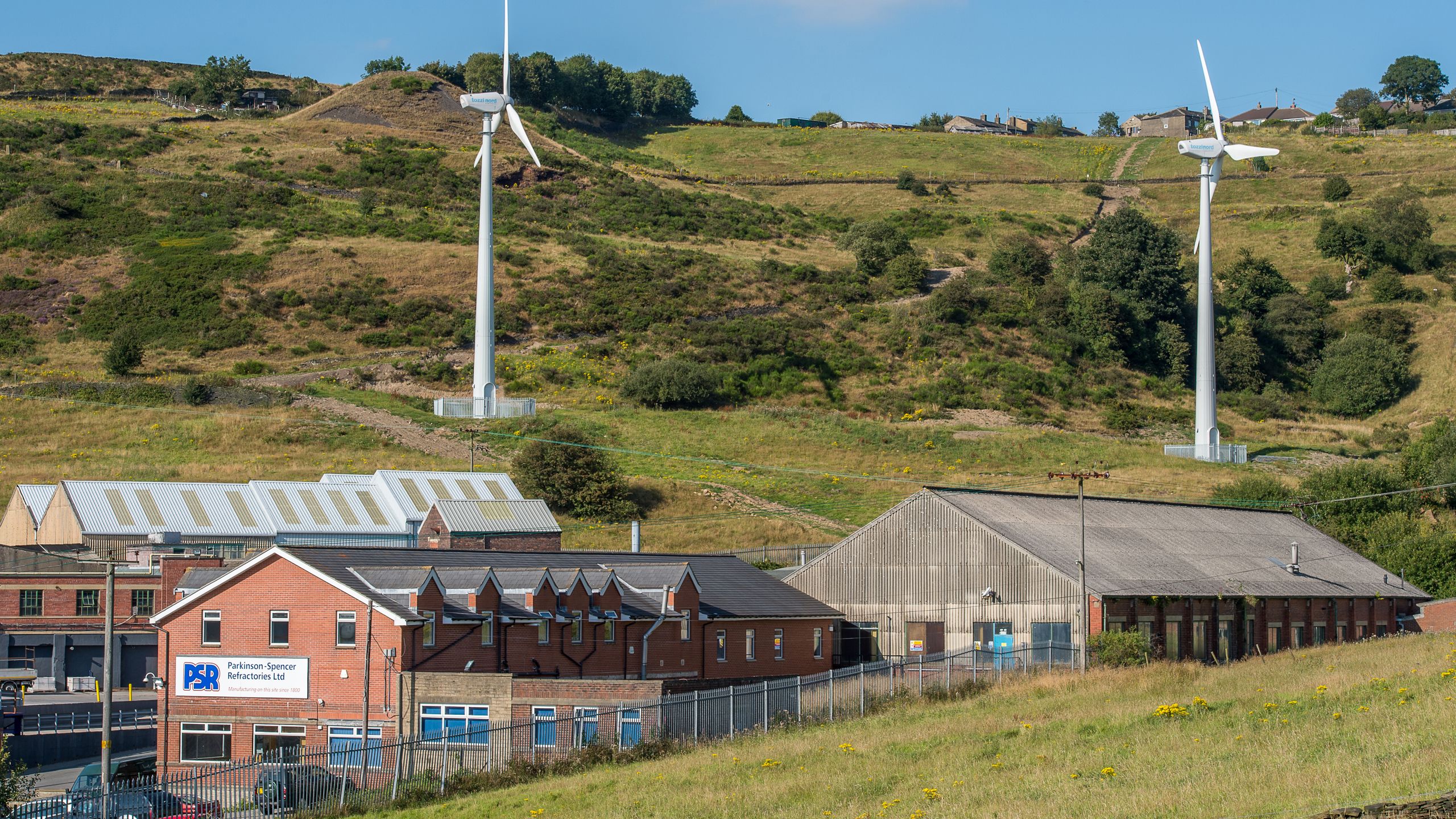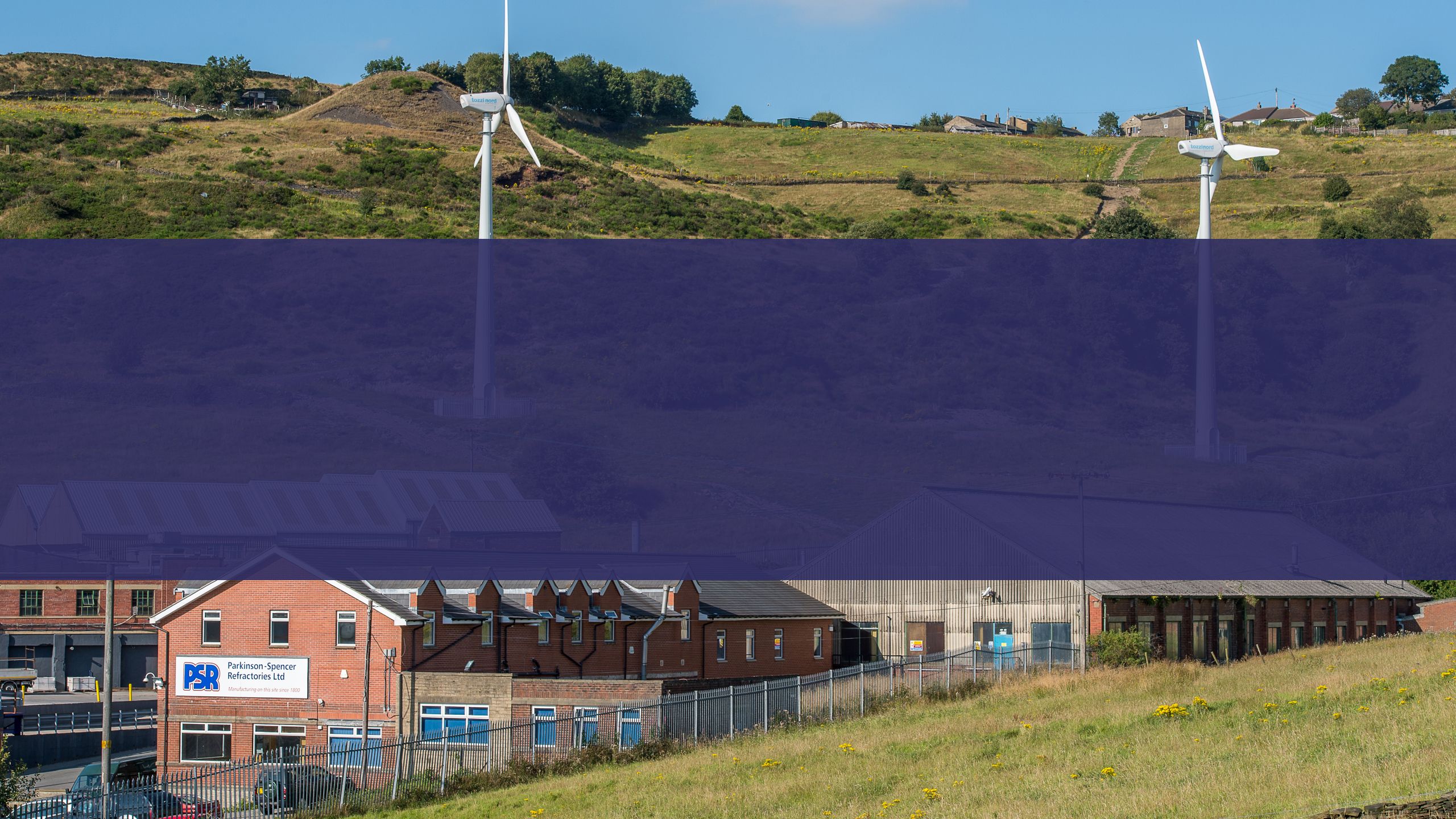Energy efficient, low CO2 refractories for the foundation industries
Parkinson-Spencer Refractories Ltd (PSR) have brought together a research project focusing on novel concepts to improve the energy-intensive production of refractories for the foundation industries.

Energy efficient, low CO2 refractories for the foundation industries
Parkinson-Spencer Refractories Ltd (PSR) have brought together a research project focusing on novel concepts to improve the energy-intensive production of refractories for the foundation industries.
As a manufacturer of refractories, PSR crosses two foundation industries – the ceramics sector as a manufacturer and their customer base in the glass sector.
As with other ceramics, refractory manufacturing uses sintering methods that require long firing cycles of around 12 days within specialist kilns that operate at around 1,500˚C. Therefore, this process presents a significant energy and emissions challenge for the glass and ceramics industries, where pressure to lower the sector's environmental impact is significant.
This challenge was the driving force behind this project, where assessing the properties of chemical dopants within the manufacture of refractories looked to drive the potential for reducing the time, energy and CO2 associated with their production. Headed up by manufacturing specialists PSR, the project was awarded grant funding from the Transforming Foundation Industries (TFI) challenge to find a cost-effective solution that can be scaled and commercialised if successful.
"We can't underestimate the energy opportunity here, where even a 10% saving equates to a substantial reduction when you're working at such high temperatures for such a long time," says Dr Jafar Daji, Technical Manager at Parkinson-Spencer Refractories. "By looking at the potential of new material components that can enhance the properties of the refractory itself, there is the potential to unlock a real step towards these environmental and economic aims."
Throughout the project, the addition of dopants to advance the densification of the material through a sintering process were investigated to enable firing at lower temperatures and for shorter times, thereby reducing energy consumption and CO2 emissions. "Testing was key to this work, with chemical, physical and thermo-mechanical assessments taking place throughout to help move towards the 10% savings aim. Sheffield Hallam University, our academic project partner, gave us the expertise we needed to effectively review and assess combinations for their capabilities," adds Jafar.

"Greater efficiency is paramount in the foundation industries, where energy and emissions savings are the highest priority. Innovation that supports lower operating temperatures without compromising production can play a key role in modernising the sector for the future."
Simon Parkinson, Managing Director

Transforming Foundation Industries Challenge Case Study: Parkinson Spencer Refractories (Length: 3min 19secs)
Looking at the results of the project, it's clear that potential exists in the concept. The project created a number of chemical combinations for efficiency testing, resulting in some products of very high quality but that may not make realistic cost parity with existing refractories – while others are of equivalent quality and offer some energy saving benefits. The testing also identified concentrations of dopants that worked at 1,400˚c – making significant inroads into the 10% target of 1,350˚C. Additionally, PSR have estimated that every firing cycle would be reduced by several hours, consequently giving greater asset utilisation.
"With demand coming from customers for solutions that reduce their energy and CO2 footprint, there's a real opportunity for this concept to take hold, so the initial results have been very pleasing," Jafar says. "A range of industries, including our customers, the glass bottle manufacturers, are focused on energy and emissions savings while also looking for their refractories to last longer and operate for longer periods - reducing downtime productivity gaps and inefficiency all round."
PSR and the project partners are now looking for further funding to scale up the concept and provide a pathway to the next stage of testing and development. PSR are also embarking on promoting the technology across foundation industry events, as well as discussions with potential new partners to support future durability testing at high temperatures.

Transforming Foundation Industries Challenge Case Study: Parkinson Spencer Refractories (Length: 3min 19secs)
Looking at the results of the project, it's clear that potential exists in the concept. The project created a number of chemical combinations for efficiency testing, resulting in some products of very high quality but that may not make realistic cost parity with existing refractories – while others are of equivalent quality and offer some energy saving benefits. The testing also identified concentrations of dopants that worked at 1,400˚c – making significant inroads into the 10% target of 1,350˚C. Additionally, PSR have estimated that every firing cycle would be reduced by several hours, consequently giving greater asset utilisation.
"With demand coming from customers for solutions that reduce their energy and CO2 footprint, there's a real opportunity for this concept to take hold, so the initial results have been very pleasing," Jafar says. "A range of industries, including our customers, the glass bottle manufacturers, are focused on energy and emissions savings while also looking for their refractories to last longer and operate for longer periods - reducing downtime productivity gaps and inefficiency all round."
PSR and the project partners are now looking for further funding to scale up the concept and provide a pathway to the next stage of testing and development. PSR are also embarking on promoting the technology across foundation industry events, as well as discussions with potential new partners to support future durability testing at high temperatures.

